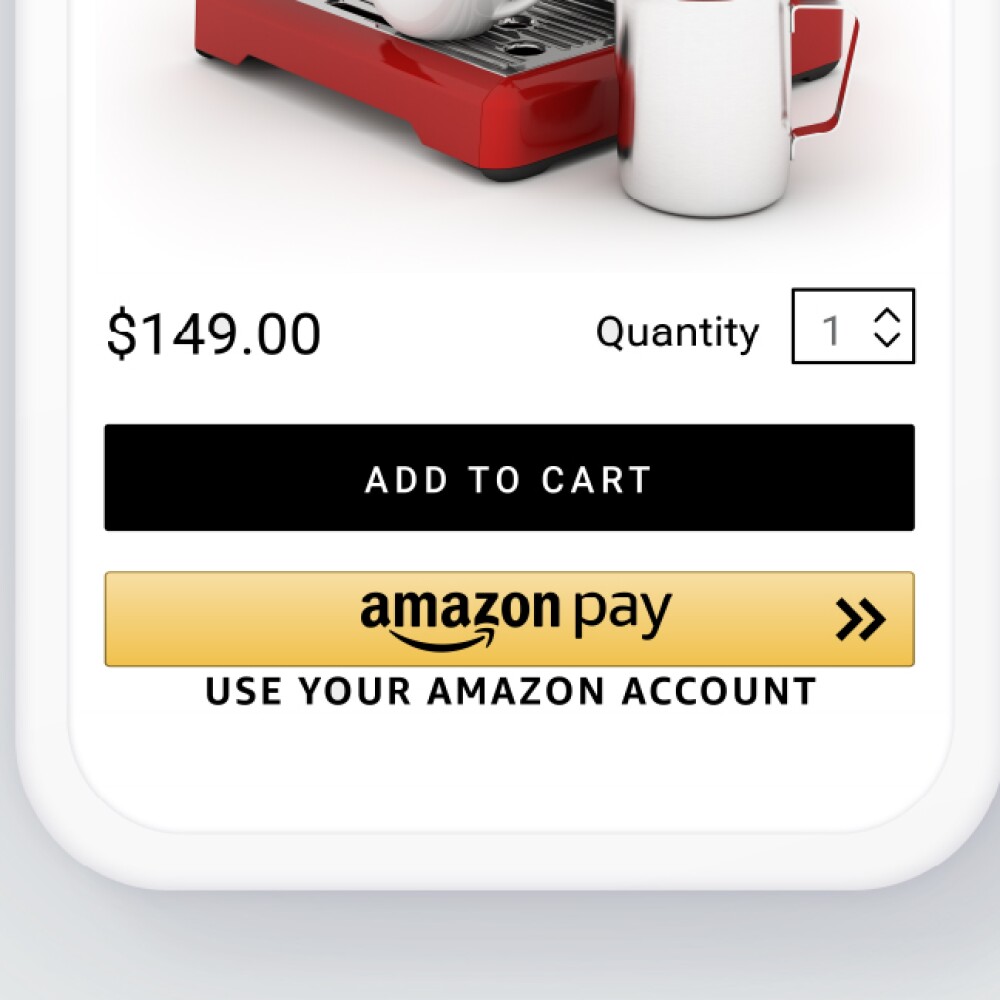Understanding Amazon’s Payment Terms
Amazon’s payment terms and policies play a crucial role in determining when sellers receive their earnings. The e-commerce giant offers various payment schedules, including individual and professional selling plans, which affect sellers’ cash flow and business operations. To navigate Amazon’s payment landscape, it’s essential to comprehend the different payment terms and how they impact sellers.
Amazon’s payment terms are designed to ensure a smooth and secure transaction process. Sellers can choose from individual or professional selling plans, each with its own payment schedule. The individual plan is suitable for casual sellers, while the professional plan is geared towards high-volume sellers. Understanding the payment terms and conditions is vital to avoid any potential issues or delays.
When do Amazon pay you? The answer lies in Amazon’s payment cycle, which typically ranges from 14 to 30 days. However, this timeframe may vary depending on the seller’s plan, payment method, and other factors. Amazon’s payment terms also outline the payment processing times, which can take several days to complete. Sellers must factor in these processing times to ensure they receive their earnings promptly.
Amazon’s payment terms also address potential issues that may arise, such as payment holds or missing payments. In such cases, sellers can contact Amazon’s customer support to resolve the issue. It’s essential to carefully review Amazon’s payment terms and conditions to avoid any misunderstandings or disputes.
By understanding Amazon’s payment terms, sellers can better manage their cash flow and business operations. This knowledge enables sellers to make informed decisions about their pricing, inventory, and marketing strategies, ultimately maximizing their earnings on the platform.
How to Track Your Amazon Earnings
Tracking your Amazon earnings is a crucial step in managing your online business. Amazon provides a range of tools and resources to help sellers monitor their earnings, including the Seller Central dashboard, payment statements, and transaction reports. By understanding how to use these tools, sellers can stay on top of their finances and make informed decisions about their business.
To access the Seller Central dashboard, sellers need to log in to their Amazon account and navigate to the “Reports” tab. From here, they can view their earnings, sales, and other key performance indicators. The dashboard provides a comprehensive overview of a seller’s business, including their current balance, payment history, and any outstanding issues.
Payment statements are another essential tool for tracking Amazon earnings. These statements provide a detailed breakdown of a seller’s earnings, including the amount earned, payment method, and any fees or deductions. Sellers can access their payment statements by logging in to their Seller Central account and navigating to the “Payment” tab.
Transaction reports are also available to sellers, providing a detailed record of all transactions, including sales, refunds, and fees. These reports can be used to identify trends, track sales, and optimize pricing and inventory. To access transaction reports, sellers need to log in to their Seller Central account and navigate to the “Reports” tab.
When do Amazon pay you? By tracking your earnings through the Seller Central dashboard, payment statements, and transaction reports, you can stay on top of your finances and ensure that you receive your payments on time. Regularly monitoring your earnings can also help you identify any issues or discrepancies, allowing you to take prompt action to resolve them.
In addition to these tools, Amazon also provides a range of other resources to help sellers manage their finances, including the Amazon Seller App and the Amazon Seller University. These resources provide valuable insights, tips, and best practices for managing your Amazon business and maximizing your earnings.
Amazon’s Payment Cycle: When to Expect Your Money
Amazon’s payment cycle is a critical aspect of the selling process, and understanding when to expect your money is essential for managing your cash flow and business operations. The payment cycle typically ranges from 14 to 30 days, depending on the seller’s plan and payment method.
When do Amazon pay you? The answer lies in the payment schedule, which is usually as follows: Amazon processes payments every 14 days for professional sellers and every 30 days for individual sellers. However, this timeframe may vary depending on the seller’s performance, payment method, and other factors.
Payment processing times are also an essential aspect of Amazon’s payment cycle. Amazon typically takes 2-3 business days to process payments, but this timeframe may be longer during peak periods or if there are issues with the seller’s account.
Delays or holds on payments can occur due to various reasons, such as issues with account verification, non-compliance with Amazon’s policies, or discrepancies in payment information. In such cases, sellers can contact Amazon’s customer support to resolve the issue and ensure timely payment.
Amazon’s payment cycle is designed to ensure a smooth and secure transaction process. By understanding the payment schedule, payment processing times, and potential delays or holds, sellers can better manage their finances and make informed decisions about their business.
It’s essential to note that Amazon’s payment cycle may vary depending on the seller’s location, payment method, and other factors. Sellers should regularly review their payment statements and transaction reports to ensure they receive their payments on time and to identify any potential issues.
By understanding Amazon’s payment cycle, sellers can optimize their pricing, manage their inventory, and minimize fees to maximize their earnings. This knowledge enables sellers to make informed decisions about their business and stay ahead of the competition.
Factors Affecting Amazon Payment Timing
Several factors can impact Amazon payment timing, and understanding these factors is crucial for sellers to manage their cash flow and business operations effectively. One of the primary factors affecting payment timing is the payment method used by the seller. Amazon offers various payment methods, including direct deposit, wire transfer, and check. Each payment method has its own processing time, and sellers should choose the method that best suits their needs.
Bank processing times are another factor that can impact Amazon payment timing. Sellers should be aware of their bank’s processing times and factor them into their payment schedule. This is especially important for sellers who use direct deposit or wire transfer as their payment method.
Account verification and compliance are also critical factors that can impact Amazon payment timing. Sellers must ensure that their account is verified and compliant with Amazon’s policies to avoid any delays or holds on payments. Amazon may request additional documentation or information to verify a seller’s account, and sellers should respond promptly to avoid any delays.
When do Amazon pay you? The answer depends on various factors, including the payment method, bank processing times, and account verification. By understanding these factors, sellers can better manage their finances and make informed decisions about their business.
Other factors that can impact Amazon payment timing include the seller’s performance, payment history, and any potential issues with their account. Sellers should regularly review their payment statements and transaction reports to ensure they receive their payments on time and to identify any potential issues.
Amazon’s payment timing can also be affected by external factors, such as holidays, weekends, and bank closures. Sellers should be aware of these factors and plan accordingly to avoid any delays or holds on payments.
By understanding the factors that affect Amazon payment timing, sellers can optimize their pricing, manage their inventory, and minimize fees to maximize their earnings. This knowledge enables sellers to make informed decisions about their business and stay ahead of the competition.
Managing Your Amazon Finances: Tips for Sellers
Effective financial management is crucial for Amazon sellers to maximize their earnings and maintain a healthy cash flow. By understanding Amazon’s payment terms, tracking earnings, and managing finances, sellers can make informed decisions about their business and stay ahead of the competition.
Optimizing pricing is a key aspect of managing Amazon finances. Sellers should regularly review their pricing strategy to ensure they are competitive and profitable. This includes monitoring competitor prices, adjusting prices based on demand, and using Amazon’s pricing tools to optimize prices.
Managing inventory is also essential for Amazon sellers. Sellers should ensure they have sufficient stock to meet demand, but not so much that it becomes costly to store and manage. Amazon’s inventory management tools can help sellers track their stock levels, identify slow-moving items, and optimize their inventory.
Minimizing fees is another important aspect of managing Amazon finances. Sellers should be aware of the various fees associated with selling on Amazon, including the selling plan fee, shipping fee, and fulfillment fee. By optimizing their pricing, managing their inventory, and using Amazon’s fulfillment services, sellers can minimize their fees and maximize their earnings.
When do Amazon pay you? By understanding Amazon’s payment terms and managing their finances effectively, sellers can ensure they receive their payments on time and maximize their earnings. This includes tracking earnings, managing inventory, and minimizing fees.
Amazon sellers should also be aware of the various financial reports and tools available to them, including the Seller Central dashboard, payment statements, and transaction reports. These tools provide valuable insights into a seller’s financial performance and can help them make informed decisions about their business.
By following these tips and best practices, Amazon sellers can effectively manage their finances, maximize their earnings, and maintain a healthy cash flow. This enables them to grow their business, increase their profits, and achieve long-term success on Amazon.
Common Issues with Amazon Payments: Troubleshooting and Solutions
Amazon sellers may encounter various issues with their payments, including missing payments, incorrect payment amounts, or payment holds. These issues can be frustrating and impact a seller’s cash flow and business operations. In this section, we will discuss common issues with Amazon payments and provide troubleshooting steps and solutions to resolve these issues.
Missing payments are a common issue that Amazon sellers may encounter. If a seller is missing a payment, they should first check their payment statements and transaction reports to ensure that the payment was not made. If the payment was not made, the seller should contact Amazon’s customer support to investigate the issue.
Incorrect payment amounts are another issue that Amazon sellers may encounter. If a seller receives an incorrect payment amount, they should contact Amazon’s customer support to report the issue. Amazon will investigate the issue and make any necessary corrections to the payment amount.
Payment holds are another issue that Amazon sellers may encounter. A payment hold occurs when Amazon holds a payment due to a potential issue with the seller’s account or a dispute with a buyer. If a seller’s payment is held, they should contact Amazon’s customer support to resolve the issue and release the payment.
When do Amazon pay you? If a seller is experiencing issues with their payments, they should contact Amazon’s customer support to resolve the issue. Amazon’s customer support team is available to assist sellers with any issues they may encounter, including payment issues.
To avoid payment issues, Amazon sellers should regularly review their payment statements and transaction reports to ensure that their payments are accurate and on time. Sellers should also ensure that their account information is up to date and accurate to avoid any potential issues with their payments.
By following these troubleshooting steps and solutions, Amazon sellers can resolve common issues with their payments and ensure that they receive their payments on time. This enables them to maintain a healthy cash flow and business operations, and to focus on growing their business on Amazon.
Amazon’s Payment Security Measures: Protecting Your Earnings
Amazon takes the security of its sellers’ earnings and personal data very seriously. The company has implemented various payment security measures to protect sellers’ accounts and ensure that their earnings are safe and secure.
One of the key payment security measures that Amazon has implemented is encryption. Amazon uses advanced encryption technology to protect sellers’ account information and earnings. This ensures that even if a seller’s account is compromised, their earnings and personal data will remain safe and secure.
Amazon also uses two-factor authentication to add an extra layer of security to sellers’ accounts. This requires sellers to enter a verification code sent to their phone or email in addition to their password. This makes it much more difficult for hackers to gain access to a seller’s account and steal their earnings.
When do Amazon pay you? Amazon’s payment security measures ensure that sellers’ earnings are safe and secure, and that they receive their payments on time. By maintaining account security and following best practices for safeguarding earnings, sellers can ensure that their earnings are protected and that they can focus on growing their business on Amazon.
Amazon also provides sellers with regular updates and alerts about their account activity. This includes notifications about payments, refunds, and any other activity on their account. This helps sellers to stay on top of their account activity and to quickly identify any potential issues or discrepancies.
In addition to these payment security measures, Amazon also provides sellers with a range of tools and resources to help them manage their finances and protect their earnings. This includes the Seller Central dashboard, which provides sellers with a comprehensive overview of their account activity and earnings.
By following best practices for safeguarding earnings and maintaining account security, sellers can ensure that their earnings are protected and that they can focus on growing their business on Amazon. This includes regularly reviewing account activity, monitoring payments and refunds, and using strong passwords and two-factor authentication.
Maximizing Your Amazon Earnings: Strategies for Success
To maximize your Amazon earnings, it’s essential to have a solid understanding of the platform’s payment schedule and how to optimize your sales strategy. By following the tips and strategies outlined in this article, you can increase your earnings and grow your business on Amazon.
Optimizing your product listings is a crucial step in maximizing your Amazon earnings. This includes using relevant keywords, high-quality images, and detailed product descriptions to make your products more visible and appealing to customers.
Leveraging advertising and promotions is another effective way to increase your Amazon earnings. Amazon offers a range of advertising options, including Sponsored Products and Sponsored Brands, which can help you reach more customers and drive sales.
Building a loyal customer base is also essential for maximizing your Amazon earnings. This includes providing excellent customer service, responding to customer reviews, and offering incentives to repeat customers.
When do Amazon pay you? By optimizing your sales strategy and maximizing your earnings, you can ensure that you receive your payments on time and grow your business on Amazon.
Additionally, Amazon offers a range of tools and resources to help sellers maximize their earnings, including the Seller Central dashboard, which provides insights into sales, profits, and customer behavior.
By using these tools and strategies, you can gain a competitive edge and maximize your Amazon earnings. Remember to stay up-to-date with Amazon’s policies and best practices, and to continuously monitor and optimize your sales strategy to achieve long-term success.
Maximizing your Amazon earnings requires a combination of effective sales strategies, excellent customer service, and a deep understanding of the platform’s payment schedule. By following these tips and strategies, you can grow your business on Amazon and achieve long-term success.





